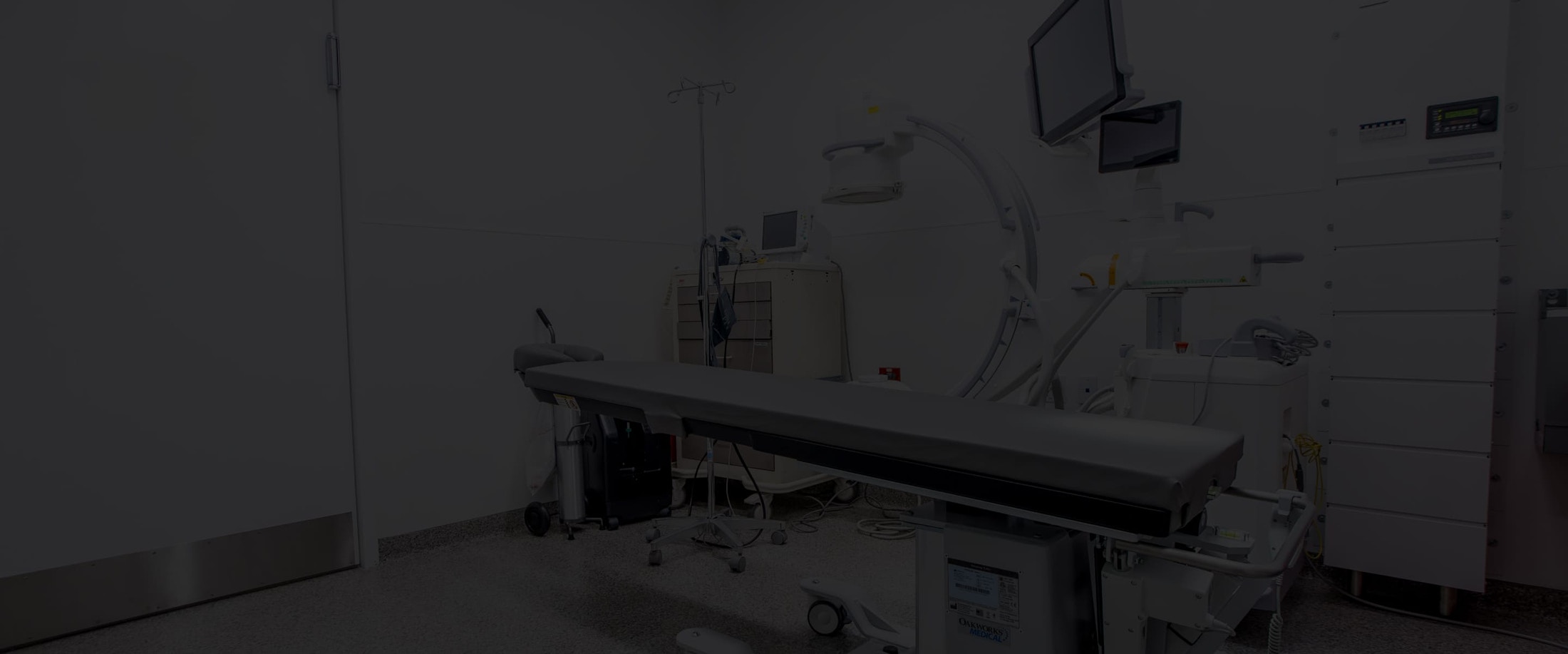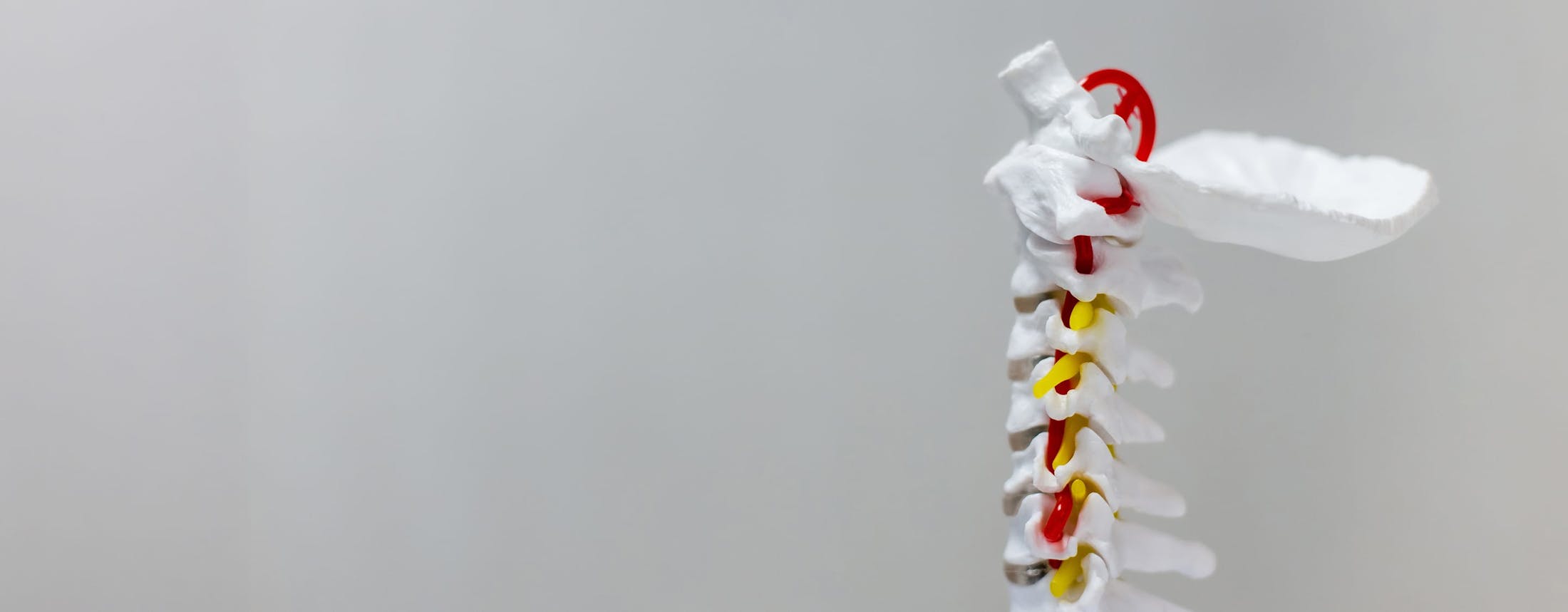Signs and Symptoms
Sciatica is the pain felt from a compressed sciatic nerve and typically occurs on one side of the body. The pain can vary from mild to debilitating depending on the degree of pressure exerted on the sciatic nerve. Patients with a compressed sciatic nerve often experience symptoms such as:
- Pain in the lower back, buttock area, and leg.
- Sharp, intense, shooting pain down the leg.
- Numbness, burning, or tingling sensations in the leg or foot.
- Weakness of the leg or foot.
- Pain that increases with coughing, sneezing, or straining.
- Pain that increases with bending backward and with prolonged sitting or standing.







